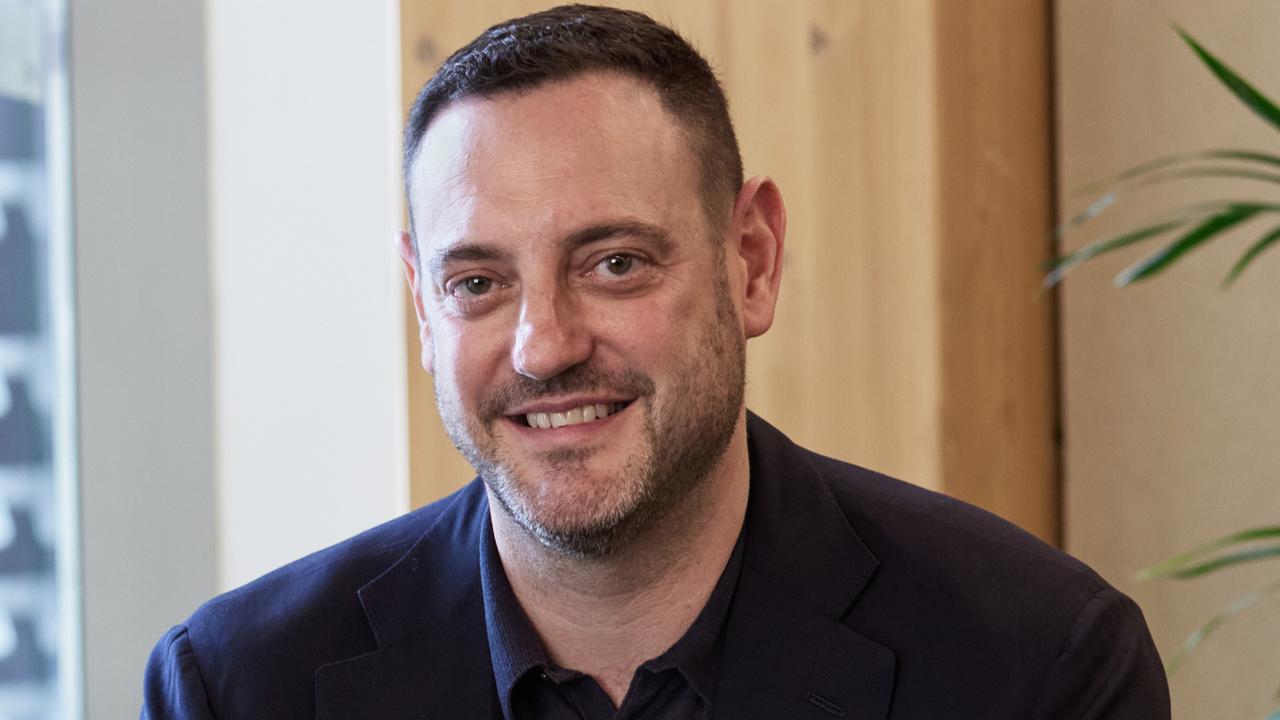When prosperity stalls, ingenuity calls: a new era for The Lucky Country
Australia is poised to enter an era of innovation, but Dentsu’s David Halter asks whether businesses are ready to implement the strategies to capitalise on this moment.

A rate cut. There it was. When Michele Bullock and the Reserve Bank board decided to lower the cash rate last month, anyone carrying significant debt let out a collective sigh of relief. But the move also sparked a sea of speculation about where Australia’s economy is really headed.
Even Darin Soat, host of the popular How Money Works YouTube channel, weighed in from across the Pacific, dramatically predicting “Australia’s quiet collapse”.
His take? We got rich – really rich – but in all the wrong ways.
On paper, Australia looks like it’s hit the jackpot, boasting the second-highest median net worth in the world (trailing only Luxembourg, according to a 2024 UBS report). But, as Soat argues, our prosperity has been built on luck rather than long-term vision.
Instead of investing in innovation and new industries, we doubled down on just three: gambling, mining, and real estate. These sectors have fuelled incredible wealth, but they’ve also left the economy precariously reliant on old successes rather than future-proofing it for what’s next.
At the same time, Australia’s investment in research and development (R&D) is in decline – once peaking at 2.25 per cent of GDP in 2008–09, it has now fallen to 1.68 per cent, lagging behind the OECD average. Without a strong foundation of innovation, the economy risks stagnating in a cycle of slow growth, high unemployment, and increasing uncertainty.
So, is it too dramatic to call this an emergency? Maybe. But within the word “emergency” is “emerge”, as writer Rebecca Solnit puts it, that “from an emergency, new things come forth”.
The government seems to have gotten the memo. In December 2024, it launched a major review of Australia’s R&D system, led by Tesla chair Robyn Denholm. The goal? To get more bang for our R&D buck, strengthen ties between researchers and industry, and boost overall investment. If successful, it could be the first step toward reinvigorating Australia’s innovation landscape.
But it’s not just up to policymakers. Businesses, too, need to shift gears – fast.
According to recent data, 84 per cent of chief marketing officers say innovation is a high priority, yet 89 per cent admit they have no real strategy to generate it.
Sticking to the status quo isn’t an option. As the legendary Will Rogers put it: “Even if you’re on the right track, you’ll get run over if you just sit there”.
The world isn’t waiting for more of the same. Creativity and bold thinking are what separate companies that survive economic downturns from those that disappear. Remember, Disney was born in the Great Depression. Microsoft came out of the 1970s oil crisis. Uber was built in the wake of the GFC.
For established companies, it’s important they don’t get Ubered. By fostering a culture of creativity, investing in R&D, and taking a few leaps, Australian businesses can drive the next wave of economic growth rather than let the familiar three (mining, gambling and real estate) do all the heavy lifting.
Australia’s moment of reinvention, innovation and fighting off stagnation is here. The questions are: Who will seize the opportunity? Who will take some leaps? Who will grow by fighting off the status quo?
David Halter is chief strategy officer at Dentsu Creative ANZ.



To join the conversation, please log in. Don't have an account? Register
Join the conversation, you are commenting as Logout